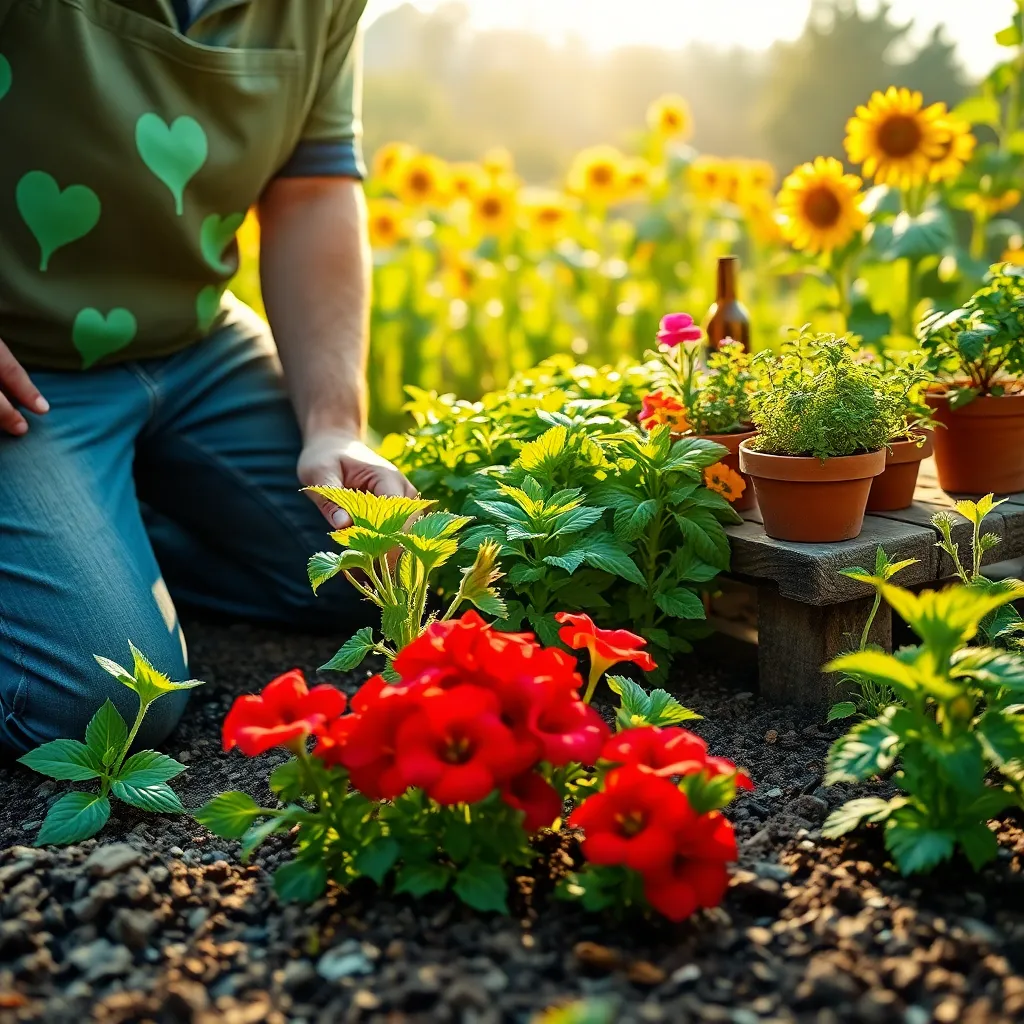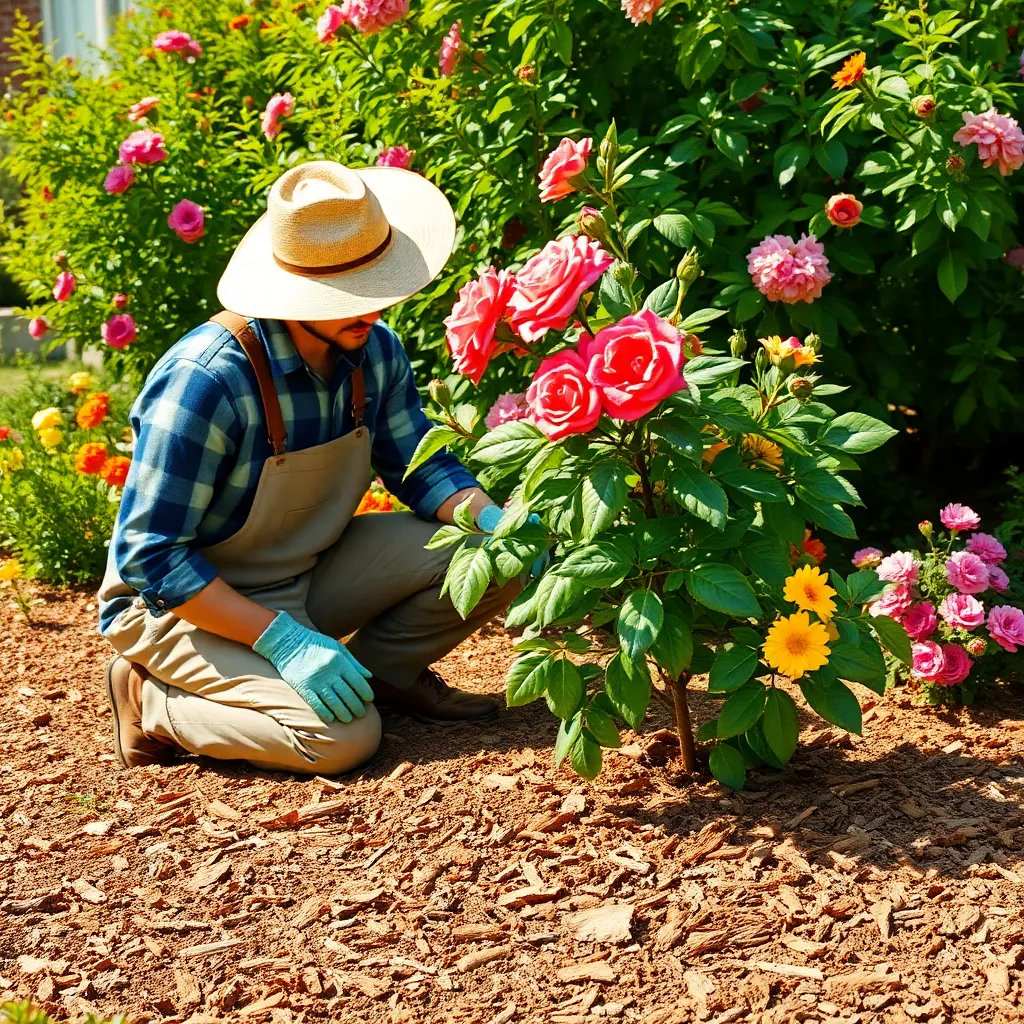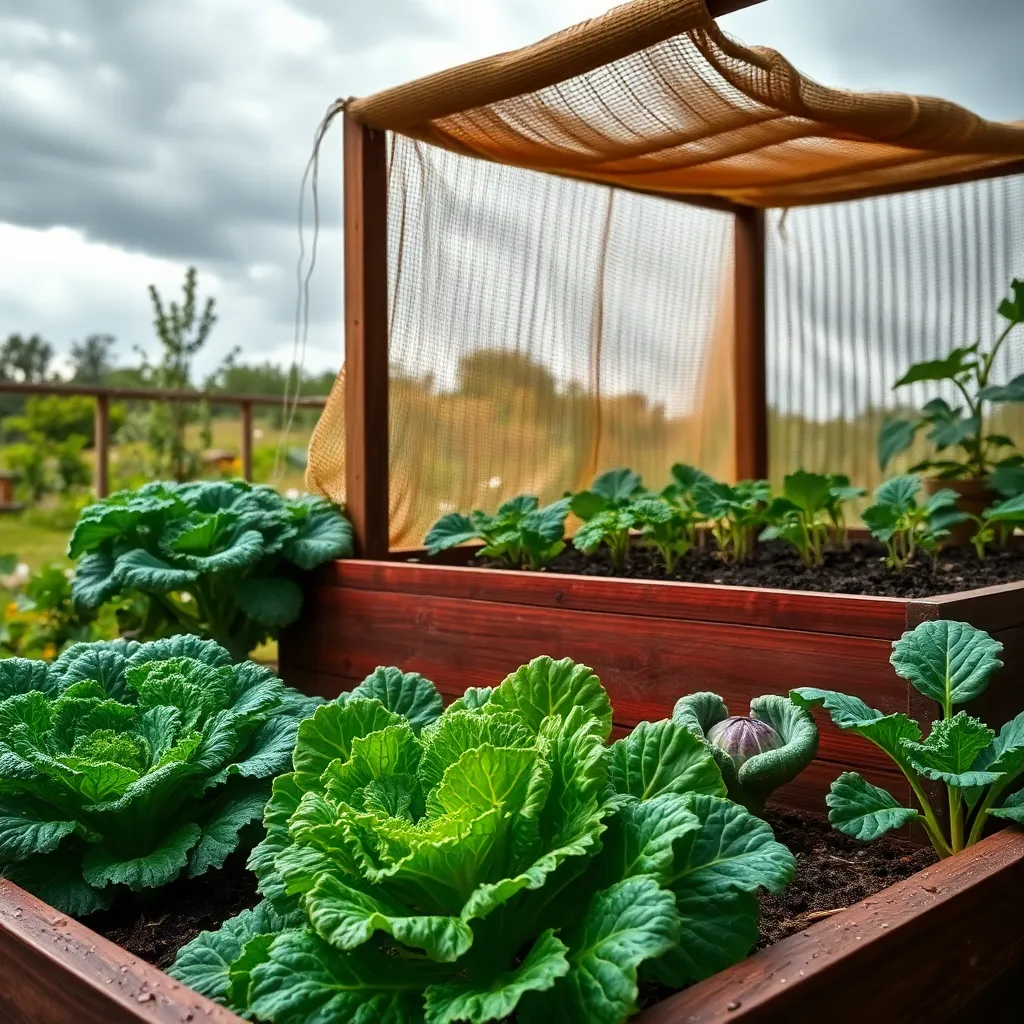There’s something truly magical about stepping into a garden that thrives with vibrant greens, no matter the season. Whether you’re just beginning your gardening journey or have years of experience under your belt, the dream of a lush, year-round garden is within reach. Maintaining that verdant beauty isn’t just about luck; it involves understanding your plants’ needs and making informed choices. With the right strategies, you can transform your garden into an evergreen retreat that delights you all year long.
In this article, we’ll explore practical tips and insider knowledge to help you keep your garden flourishing, regardless of the weather. You’ll learn about selecting hardy plant varieties, mastering seasonal care routines, and embracing innovative techniques that make year-round greenery achievable. From soil preparation to plant selection, each section is designed to give you the tools you need to succeed. By the end, you’ll have a clear, actionable plan to keep your garden a green oasis, whatever Mother Nature throws your way.
Select Hardy, Evergreen Plants

When looking to keep your garden lush year-round, it’s essential to choose hardy, evergreen plants that thrive in various conditions. Evergreens like hollies, boxwoods, and junipers are excellent choices, as they maintain their foliage and vibrant appearance even in colder months.
Position your evergreens strategically to serve as the backbone of your garden design, offering structure and color. For optimal growth, plant them in well-draining soil; these plants generally prefer slightly acidic to neutral pH levels.
Watering evergreens effectively is crucial, especially when they’re newly planted. Deep watering once a week is recommended, allowing the roots to establish and ensuring resilience through dry periods.
For beginners, consider starting with boxwoods due to their adaptability and ease of maintenance. Advanced gardeners might explore pruning techniques with junipers, shaping them into unique forms to add interest to the landscape.
Implement Efficient Watering Systems

Efficient watering systems are crucial for maintaining a lush garden throughout the year. Investing in a drip irrigation system can help deliver water directly to the roots, reducing evaporation and ensuring that your plants receive the moisture they need.
For beginners, a simple soaker hose can be a cost-effective solution that lays directly on the soil surface. This setup is easy to install and can be adjusted to ensure even water distribution across your garden beds.
Advanced gardeners might consider installing an automated irrigation system with timers and moisture sensors. This technology allows you to customize watering schedules based on your garden’s specific needs, such as soil type and plant species.
Remember to regularly check your system for clogs or leaks, particularly after seasonal changes. Maintaining your equipment ensures that your watering system operates efficiently and continues to support your garden’s health year-round.
Apply Seasonal Fertilizers Regularly

Regular application of seasonal fertilizers can significantly enhance your garden’s health and vitality. As the seasons change, so do the nutritional needs of your plants, making it crucial to adjust your fertilization strategy accordingly.
In spring, opt for a fertilizer high in nitrogen to support leafy growth, especially for vegetables and leafy greens. A balanced 10-10-10 fertilizer is an excellent choice for general use, ensuring that your plants have access to all essential nutrients.
During the summer months, focus on fertilizers that boost flowering and fruiting, such as those higher in phosphorus. Flowering plants and fruit-bearing shrubs particularly benefit from this, as phosphorus supports root development and enhances bloom quality.
As fall approaches, switch to a fertilizer with higher potassium content to prepare your plants for the colder months. Potassium strengthens root systems and enhances the plant’s ability to withstand frost, making it an essential component for perennials and winter crops.
- Test your soil before applying fertilizers to avoid over-fertilization, which can harm plants.
- Ensure even distribution by using a broadcast spreader for large areas or a handheld spreader for smaller plots.
- Water thoroughly after applying granular fertilizers to help them dissolve and reach the root zone.
Prune and Mulch for Health

Pruning is a crucial task that promotes healthy growth and prevents disease in plants. Regularly removing dead or diseased branches ensures that your plants focus their energy on new, healthy growth.
Timing is essential when it comes to pruning, as it varies with different plant types. For most flowering plants, prune just after they bloom, while for shrubs like roses, late winter or early spring is ideal.
Using the right tools is equally important to achieve clean cuts and avoid plant damage. Ensure your pruning shears are sharp and clean to minimize the risk of spreading plant diseases.
Mulching serves as an excellent way to retain soil moisture and suppress weeds in your garden. Choose organic mulches like bark chips or straw, which decompose over time and enrich the soil with nutrients.
A layer of mulch, about 2 to 3 inches thick, is generally sufficient to provide insulation and protection. Keep mulch a few inches away from plant stems to prevent rot and allow for proper airflow.
In addition to these benefits, mulch can also regulate soil temperature, keeping roots cooler in summer and warmer in winter. By adjusting these techniques to suit your garden’s needs, you can help ensure healthy, thriving plants year-round.
Protect Plants from Harsh Weather

Protecting your plants from harsh weather is crucial to maintaining a vibrant garden year-round. Start by using frost cloths or blankets to shield delicate plants from cold snaps and sudden frost.
In addition to coverings, consider applying a layer of mulch around the base of your plants to insulate the soil and retain moisture. This simple step can prevent roots from freezing and help maintain a stable ground temperature.
For regions prone to strong winds, it’s wise to set up windbreaks using structures like fences or hedges. This not only protects your plants from physical damage but also reduces moisture loss in the soil.
Watering schedules should be adjusted during extreme weather conditions. In hot, dry spells, water your plants deeply but less frequently to encourage deeper root growth, and always do so early in the morning or late in the afternoon to minimize evaporation.
Advanced gardeners can use row covers or cold frames to create microclimates that extend the growing season. These structures are particularly useful for growing temperature-sensitive plants in variable climates.
Conclusion: Growing Success with These Plants
As we conclude our journey through ‘How to Keep Your Garden Green All Year,’ let’s revisit the five essential relationship concepts we’ve explored. First, we discussed the importance of regular communication, akin to watering your garden, to nurture understanding and connection. We then delved into the necessity of mutual respect, serving as the sunlight that allows love to flourish. Third, we highlighted the value of shared goals, planting seeds for a future cultivated together. Fourth, we examined conflict resolution, the pruning required to promote healthy growth. Lastly, we embraced the power of gratitude, the fertilizer that enriches your bond.
Now, let’s take immediate action: choose one concept to focus on today. Perhaps it’s initiating a heartfelt conversation or planning a small gesture of appreciation. These small steps can lead to profound transformations.
Remember, relationships, just like gardens, require ongoing care and attention. Bookmark this article to revisit these strategies whenever you need a reminder or a boost. By committing to these principles, you’re setting the stage for a thriving relationship that can weather any season. Here’s to your success in cultivating a love that remains vibrant and resilient all year long!
